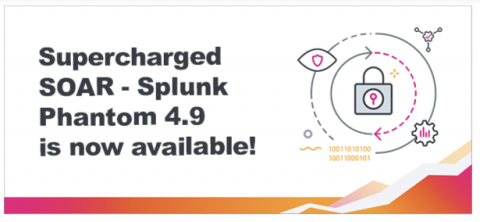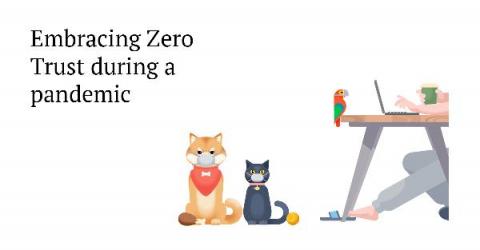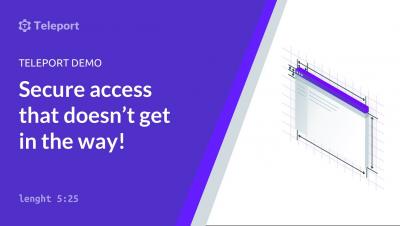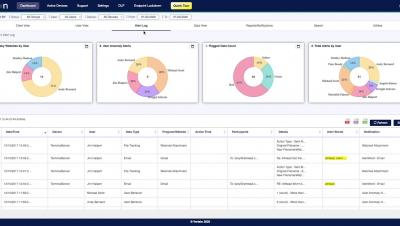Transform IT With File-sharing Services For the Future
As more and more businesses were forced to move to the cloud with the COVID-19 crisis, content and data have proliferated across devices, users, apps, and locations as a result of the new, mass work-from-anywhere reality. This brought a growing set of challenges to prevent data silos and content sprawl while remaining compliant with data regulations and governance.










